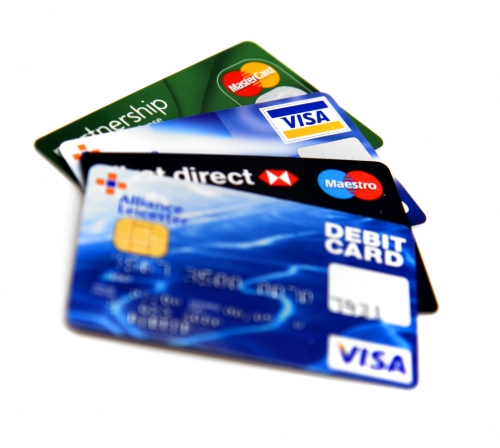Accounting
5 Tips for Managing Credit Card Debt
Consumer credit card debt statistics – an indicator of spending trends and household financial health – support the notion of a rapidly improving economy, which is further evidenced by the fact that an impressive 321,000 jobs were added in November ...
Dec. 14, 2014

Consumer credit card debt statistics – an indicator of spending trends and household financial health – support the notion of a rapidly improving economy, which is further evidenced by the fact that an impressive 321,000 jobs were added in November while the unemployment rate hovers at 5.8%. The credit card charge-off rate, at 2.89%, is at the lowest point since 1985, you see, which indicates that consumers have the financial wherewithal to remain current on their obligations. That’s the good news.
The bad news is that while economic gains are making consumer spending habits sustainable for now, our attitudes toward debt have not improved since the Great Recession. Our credit card performance has deteriorated on a year-over-year basis for four straight quarters, punctuated by a $15.94 billion increase during Q3 2014. This represents a 35% increase over Q3 2013 and a 25% rise relative to Q3 2012. Furthermore, we now project that U.S. consumers will incur a total of more than $60 billion in new credit card debt by the end of 2014, which would be an increase of at least 55% over 2013.
As a result, consumers must strive to remember the corrosive impact of debt on household finances during the recession and work to get out from under its influence before the burden becomes unbearable again.
Tips for Managing Debt
- Make a Budget (and Stick to It): It’s difficult to spend within reason or plan savings without knowing how your monthly spending compares to your take-home as well as what it is allotted to. That is why you should rank order your expenses – including debt payments, emergency fund contributions, and other savings – and trim the fat if necessary. And most importantly, once you develop your budget, make sure to stick to it or else you’ll have simply wasted your time.
- Build an Emergency Fund: With a robust financial safety net, you’ll be less at the mercy of the economy and able to withstand a prolonged period of joblessness, should the need arise. Your goal should be to gradually save about a year’s worth of after-tax income through monthly contributions to an emergency account.
- Try the Island Approach: The Island Approach is a credit card strategy that involves using different cards for different types of transactions, as if they are a chain of distinct yet interrelated islands. For example, you could transfer your existing debt to a 0% credit card in order to reduce your monthly payments as well as get out of debt sooner and subsidize your ongoing spending with a rewards card or two that offer high earning rates in your biggest expense categories. This will enable you to get the best possible collection of terms as well as gain a better perspective on your spending and payment habits since finance charges on your everyday spending cards will signal a need to cut back.
- Use the Snowball Method to Strategically Pay Off Amounts Owed: In order to become debt free at the least possible cost, you should attribute the majority of your monthly debt payment to the balance with the highest interest rate while making the minimum payment required on the rest. Once your most expensive debt is paid off, repeat the process as necessary with the remaining balances.
- Evaluate Your Job Situation: In some cases, all the budgeting and planning in the world won’t be enough to solve your debt problems. You may therefore need to evaluate whether there are higher-paying opportunities out there for people with your background or if you’ll need to acquire some new skills in order to make yourself more marketable. This might require making a bit of an investment in yourself, but as long as you get a worthwhile return it’s money well spent.
For additional information, including data and graphs, read the full report.
